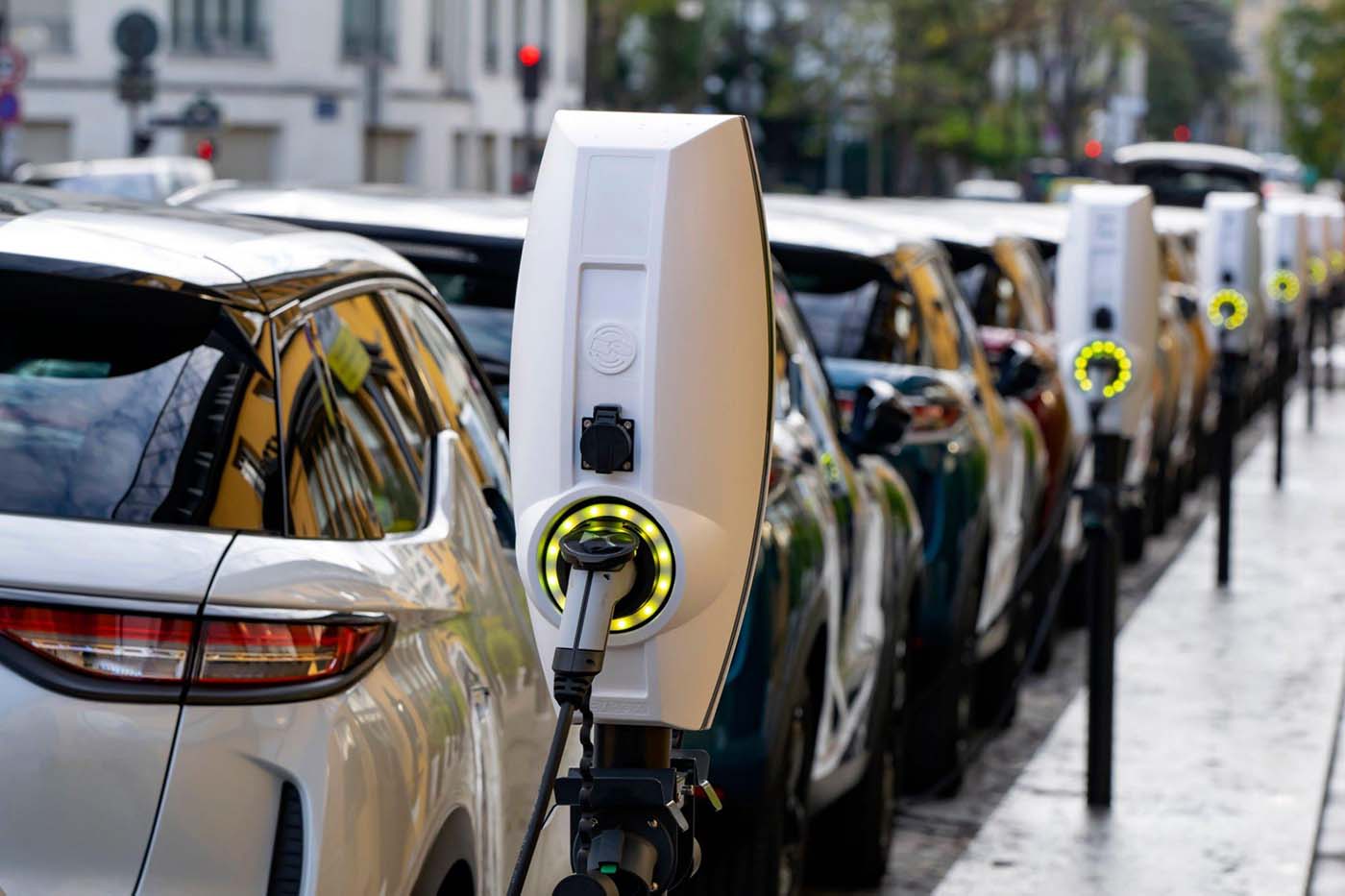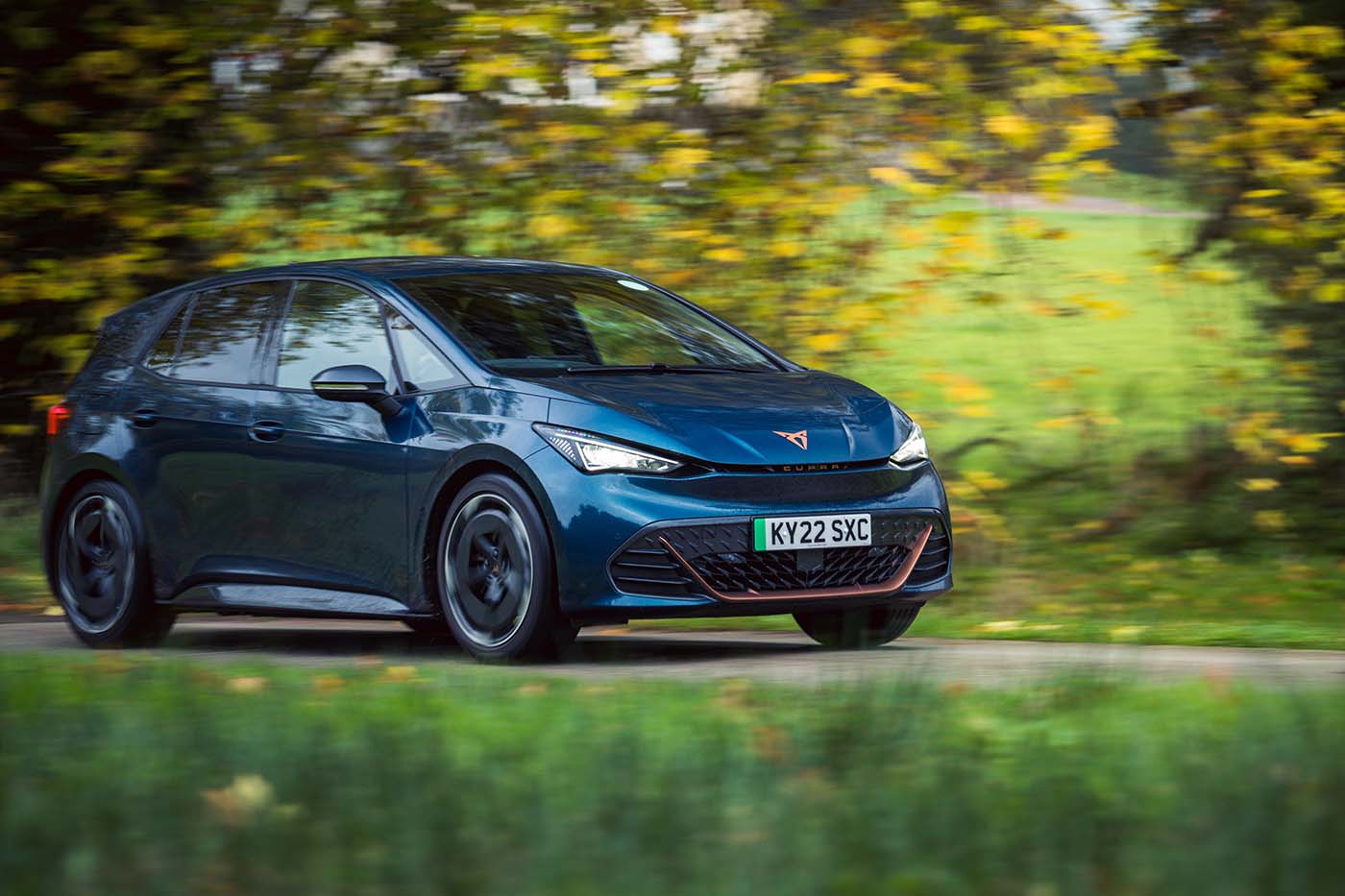Getting behind the wheel of your first electric car is an exciting and rewarding step in your sustainability journey.
Notwithstanding the excitement that comes with a new car, we understand that it can be a daunting time too.
For first-time EV owners, there are lots of unknowns and often myths – most of which are largely untrue – that can alter your perception of electric vehicles.
If you’re preparing to take delivery of your first electric car, or perhaps considering one for the future, we’ve outlined some steps that you can follow to help ensure a smooth transition.

Try before you buy
If you’ve never had the pleasure of driving an electric car before, we would highly recommend taking the time to test drive one at your nearest dealership.
We’re confident that you’ll love your experience, but there are some important differences to note.
The biggest change you’ll discover is the difference in power delivery between an electric car and combustion engine, with instant torque providing a go-kart-like driving experience.
Acceleration speeds are significantly quicker and one pedal driving may be a novelty that you may have never experienced previously, with electric cars far less reliant on their brake pedals to slow them down.
Electric cars can be a pleasure to drive; they’re more refined and offer a quieter and more relaxing experience behind the wheel, but it’s always good to experience this first-hand before committing to a new vehicle.
Financing your first electric car
One of the most common barriers to entry for customers considering an electric car is the substantial cost of the vehicle.
As a result of the increased production costs involved and the additional battery costs, an electric car can be considerably more expensive than its combustion engine competitor.
With that in mind, it’s crucial to find the right financing method that aligns with your personal circumstances.
From leasing to PCP or outright purchasing, there are pros and cons behind each method.
Electric car leasing has become one of the most popular financing methods for those looking to drive an EV.
It allows you to spread the cost of the vehicle over a set duration and you pay a fixed monthly fee, rather than one large upfront payment.
Leasing an electric car protects you while their residual values remain unpredictable. You pay the equivalent of the depreciation over the lease term and at the end of your deal, you’re not left having to sell a heavily depreciated asset for significantly less than you purchased it for.

Understanding the technology
Electric cars offer some of the latest and greatest car driving technology and fully embracing this new era of mobility will aid your transition out of a combustion engine vehicle.
Living with an electric car doesn’t need to be complicated, but there are some additional factors to consider adding to your day-to-day life.
There are a host of helpful electric car apps on the market that you can download to your smartphone to help locate nearby chargers, while most manufacturers will also offer an in-house app that you can monitor charge levels and pre-condition your vehicle in those colder months.
Resources like ZapMap will be a great tool to improve your understanding of chargers in your local area, so when you need to rely on the public charging network, you’re not scrambling around unsure of where to top up.
It’s a change of lifestyle for many drivers. We understand that finding the nearest fuel station isn’t something we’ve had to think too hard about, but the old saying rings true with electric cars; fail to prepare, prepare to fail.
Finding the charging solution for you
Living with an electric car doesn’t have a one-size-fits-all solution when it comes to charging, but you need to identify what will work for you and your everyday travels.
For many, this will include having a charger installed at your home, allowing you to leave your vehicle plugged in overnight so you have a fully charged EV ready to go in the morning.
Charging at home allows you to benefit from some of most affordable electricity rates available when there is less demand on the grid.
However, this may not work for you, depending on your work schedule, property type or location.
If you don’t have access to off-street parking, explore local public charge points in your area.
More and more street side chargers are becoming available, while many supermarkets and park and rides offer free charging too.
Your workplace could also offer reduced or free charging for electric car drivers as they look to incentivise uptake among staff.
By investing a small fraction of your time into increasing your knowledge around public charging and electric car technology, you can maximise the many benefits that come with living with an EV.








